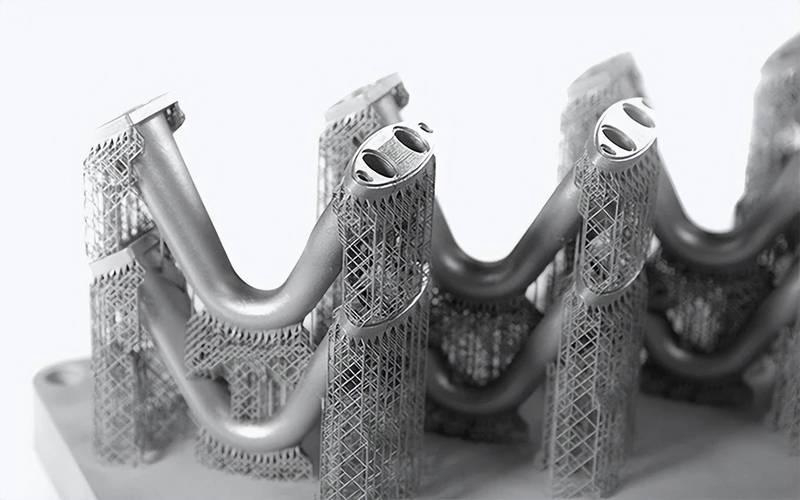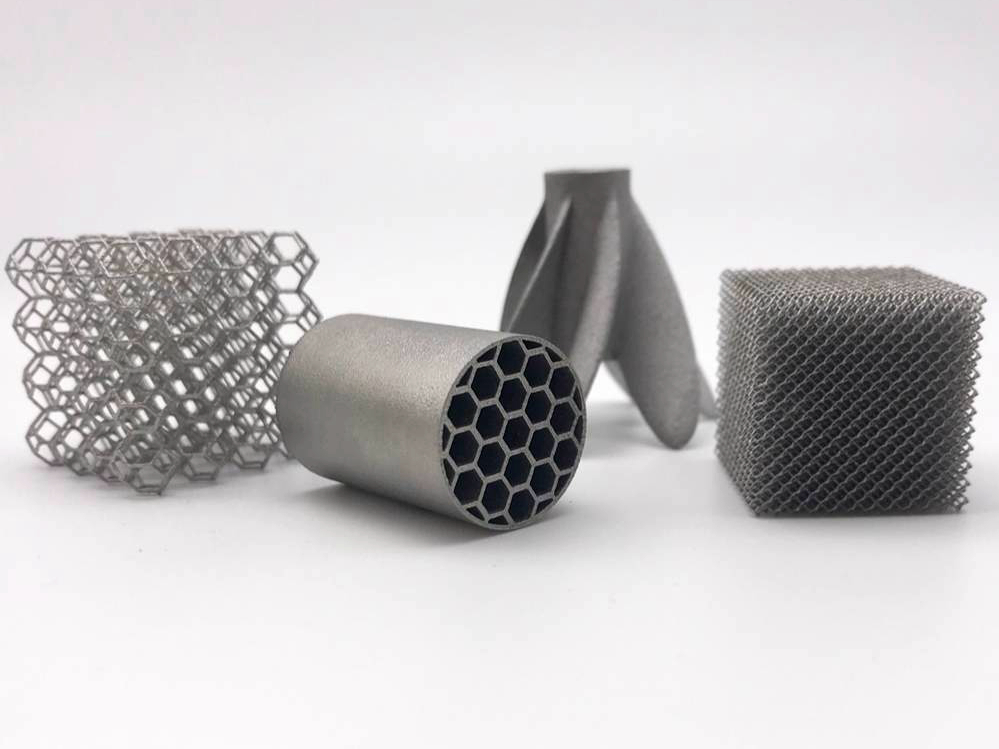How does heat treatment improve wear and fatigue resistance compared to untreated parts?
How Heat Treatment Improves Wear and Fatigue Resistance Compared to Untreated Parts
Limitations of As-Built 3D Printed Metal Components
3D printed metal parts produced via SLM, DMLS, or EBM often contain microstructural defects such as anisotropic grains, residual stress, and unmelted powder near the surface. These factors significantly limit the wear and fatigue resistance of as-built parts.
Heat treatment addresses these issues by modifying the internal structure of the metal, improving its mechanical integrity and performance under repetitive loading and abrasive conditions.
1. Improvement in Wear Resistance
Wear resistance depends heavily on hardness, grain uniformity, and phase composition.
Precipitation hardening in alloys like Tool Steel 1.2709 and SUS630/17-4 PH increases surface hardness through aging at 480–490°C.
Tempering after quenching in Tool Steel H13 enhances toughness without sacrificing surface strength.
In untreated parts, the surface remains softer (typically <30 HRC), while heat-treated parts can achieve >50 HRC, significantly extending wear life in molds, dies, and moving components.
2. Improvement in Fatigue Resistance
Fatigue resistance is influenced by subsurface structure, residual stress levels, and the presence of defects.
Stress relief annealing eliminates tensile residual stress that accelerates fatigue crack initiation. For example, Ti-6Al-4V treated at 600°C shows up to 3× improved fatigue life compared to the as-printed condition.
Hot Isostatic Pressing (HIP) removes internal porosity in materials like Inconel 718 and Ti-6Al-4V ELI, eliminating crack initiation points.
Aging treatments stabilize the microstructure and increase yield strength, delaying fatigue-induced plastic deformation under cyclic loading.
Quantitative Benefits of Heat Treatment
Property | Untreated Parts | Heat-Treated Parts |
|---|---|---|
Surface hardness | ~20–30 HRC | 45–55 HRC (after aging/tempering) |
Fatigue life (cycles) | 10⁴–10⁵ (typical) | >10⁶ with HIP and stress relief |
Yield strength | Lower, anisotropic | Higher, isotropic after aging |
Wear rate | Higher under sliding/impact | Reduced by >50% after hardening |
Application Examples
Mold cores and dies in Tool Steel D2: show increased service life after hardening and tempering.
Aerospace brackets and blades in Inconel 625: experience higher fatigue strength after solution treatment and aging.
Medical implants in Ti-6Al-4V ELI: gain reliability through annealing and HIP.
Recommended Services for Enhanced Performance
To ensure both wear and fatigue resistance, Neway 3DP offers:
Heat Treatment For aging, annealing, and tempering based on part application.
Hot Isostatic Pressing For internal defect removal and fatigue performance improvement.
CNC Machining For achieving final tolerances post-thermal treatment without compromising integrity.



